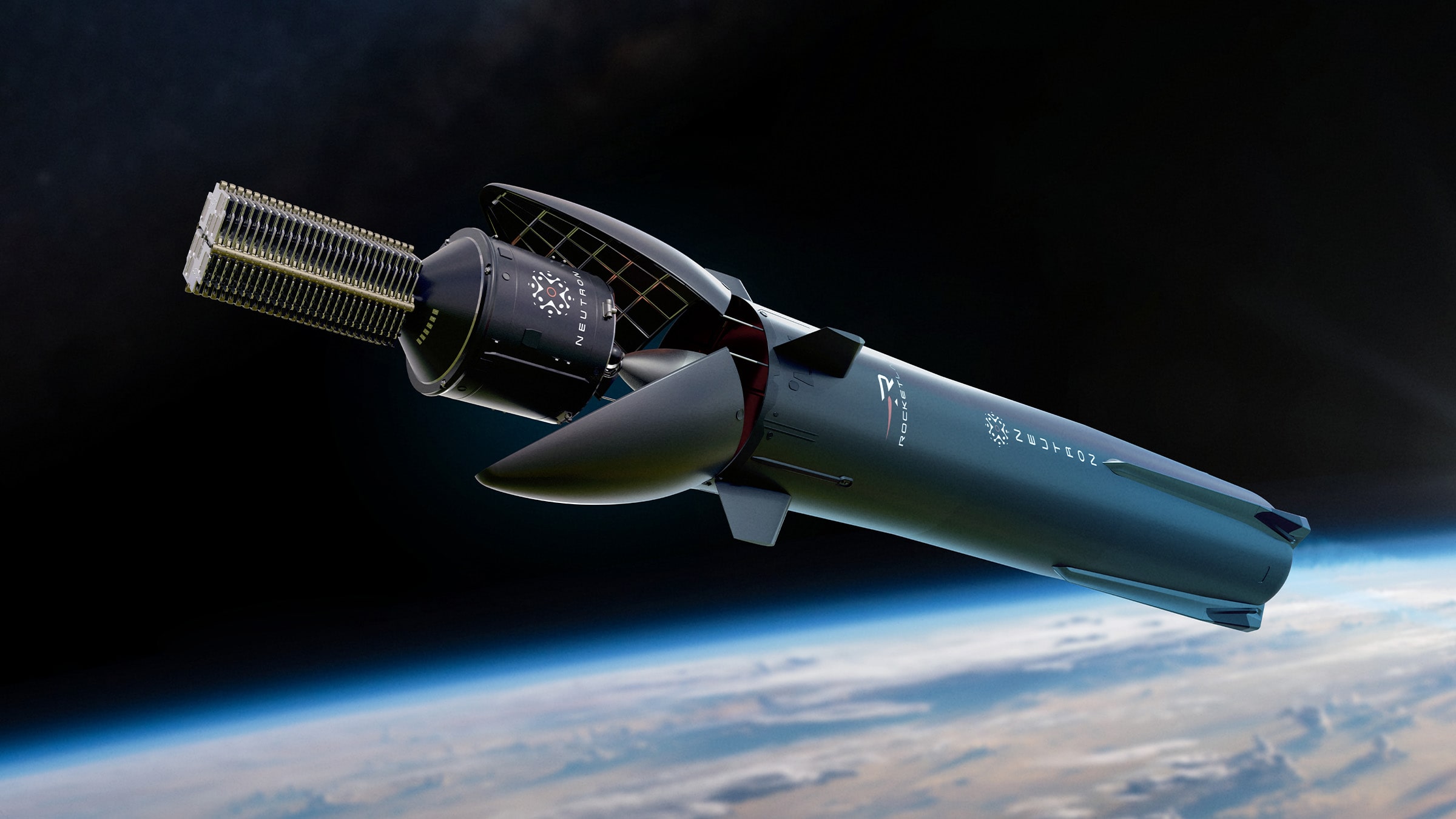Surprising investors and industry experts alike, Honda Motor Company announced on June 17th that it had successfully tested its reusable rocket by reaching an altitude of 271 meters (889 feet) and landing without damage.
The test was conducted along company lines to achieve suborbital spaceflight by 2029, a major ambition of the company’s R&D wing, which mentioned that the technology was not near to commercialization.
The Japanese aerospace agency, JAXA, was largely unrivaled in Asian space access until the rise of China’s manned space program in the twenty-teens. For decades, JAXA has used rockets designed and manufactured by another Japanese carmaker, Mitsubishi. The firm’s division, Mitsubishi Heavy Industries, currently provides JAXA with its flagship, non-reusable H3 launch vehicle at the cost of $50 million per launch for a 4,000 kg payload. For comparison’s sake, the SpaceX Falcon 9 costs around $70 million per launch for a payload capacity of up to 7,000 kg.
The H3 is meant to follow up on the H-IIA, one of the most successful rockets ever developed, with a flight record of 49 successful launches out of 50, including a streak of 44 consecutive successes from 2003 to 2025 which The Japan Times said “defined” the nation’s space capabilities. Number 50 was carried out successfully yesterday from the Tanegashima Space Center, and the firm will now bid the rocket farewell.
“We’ve had tremendous support from our partners. Thanks to their efforts, and also thanks to the guidance of JAXA, we’ve made it this far,” Iwao Igarashi, head of Mitsubishi Heavy Industries’ space division, told a news conference following the launch.
The H-IIA took landmark missions into space such as the 2014 launch of the Hayabusa2 asteroid probe, which successfully returned samples from the asteroid Ryugu to Earth.
“With this final launch of the H2A, the torch now passes to the H3,” Igarashi told reporters. “We intend to carry over the trust we’ve built and continue moving forward with successful launches under the H3 program and will devote our full efforts to this next phase”.
The H3’s arrival comes at a time of increased global competition in rocketry, as well as the need for smaller, cheaper launch capabilities.
The happy Honda hopper
Mitsubishi has had a monopoly alongside JAXA in domestic rocket development, helping propel it to $82 billion valuation—twice that of Honda Motor Company.
Nevertheless, Honda has planned to challenge that market dominance for years, ever since it announced the company’s space intentions back in 2021.
“This rocket development was initiated by the proposal made by young Honda engineers who wanted to build a small rocket by utilizing core technologies,” the company said in a statement dating to September 20th, 2021.
“Technologies for rocket combustion and control and lower costs are already in the hands of automakers. We will just change the field where the technologies are applied,” said Honda CEO Toshihiro Mibe at the time, according to Nikkei Asia.
Since then though, there has been a virtual media blackout on the topic until the 20-foot-long rocket leapt off the launch pad on a set of four retractable metal feet, deployed aerodynamic winglets for flight and landing, and used its boosters to land gently on the spaceport—something only seen in Chinese and American rocketry.
Honda isn’t the only firm in the Japanese economy to be developing reusable rockets. Interstellar Technologies, based in the northern Japanese spaceport of Taiki, was recently backed by Toyota with $44 million in its mission to have the first privately developed rocket in Japan to reach space, while a Tokyo-based startup Innovative Space Carrier recently announced it will conduct a test of their reusable launch vehicle in America.
While Honda announced that “no decisions have been made regarding commercialization of these rocket technologies, the company “will continue making progress in the fundamental research with a technology development goal of realizing technological capability to enable a suborbital launch by 2029,” it said in a statement. WaL
We Humbly Ask For Your Support—Follow the link here to see all the ways, monetary and non-monetary.
PICTURED ABOVE: Honda’s reusable rocket launches off from Taiki spaceport. PC: Honda R&D, screengrab.



